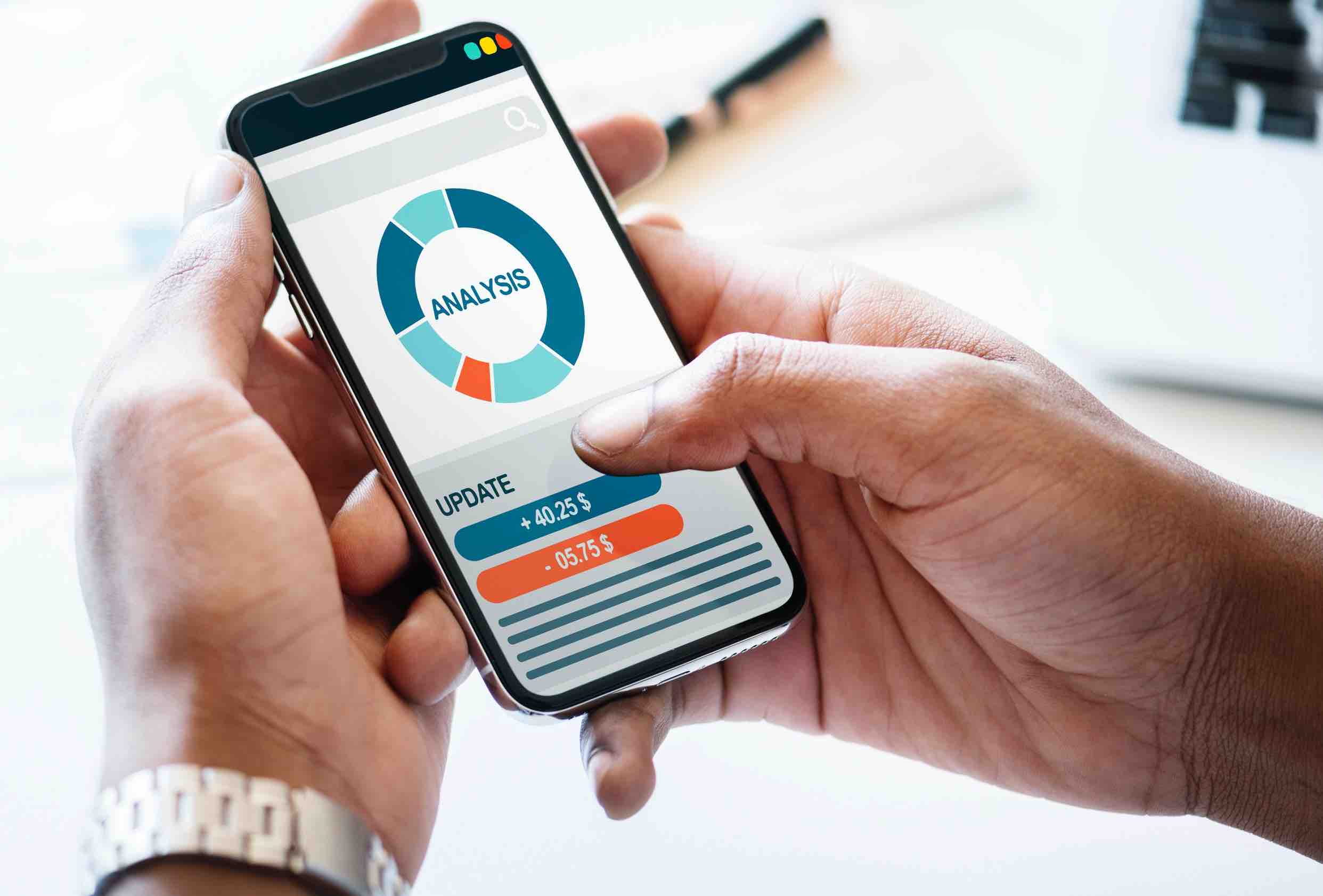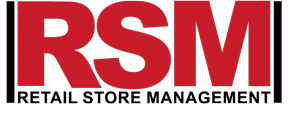
Fundamentals of Retail Store Analytics
Is Amazon an online retailer using retail analytics as a platform for marketing, or is it a retail analytics company using online platform for retail marketing? Is UPS a logistics company using analytics to deliver parcels or is it an analytics company using logistics to deliver parcels?
Is Netflix a video streaming enterprise using retail analytics, or is it an analytics company streaming videos? The distinguishing factor in all three companies is their extensive use of analytics in delivering services to their customers, reaping uncommon value in the process, and thus dominating the competition. Retail businesses, irrespective of size, must re-imagine their business models, from inventory management to customer service delivery. They must unlock values hidden along the value chain. Retail transactions are continuously generating an inordinate amount of data. This is big data. To compete in an age of big data, tools are required to mine these sources transaction data, from Enterprise Resource Planning (ERP), Customer Resource Management (CRM), Human Resource (HR), and Point-of-Sale (POS), to custom-made data mining tools. Data analytics are software tools used for dis-aggregating and then re-combining both structured and unstructured data drilled from transaction activities in other that you may gain actionable business insights for competitive business decision-making purposes. In retail, analytics is the last frontier for competition and as David Abney, CEO, UPS formously said about companies who competing without actionable insight from data, their ".....story is almost always the same. Winners become also-rans, and eventually case studies because it is easier to keep doing the things that made them winners in the first place.”
Retail Analytics Defined
According to bestselling author, Odame, Paul, “Retail analytics is the process of providing analytical data on inventory levels, supply chain movement, customer demand, sales, etc that are crucial for making marketing and procurement decisions.”In like manner, Collins English Dictionary defines retail analytics as, “…any information that allows retailers to make smarter decisions and manage their businesses more effectively. Retail analytics can identify your best customers and where they live, and predict future spending in terms of amounts, categories, and even brands.”
The Three Main Categories of Retail data analytics
With the inordinate amount of transaction data that you generate from your retail management processes, you can extract retail data for analytics purposes that fall into the following three categories:
- Retail Store Descriptive analytics: this is business intelligence that you acquire from the aggregation of your past transaction data so that you gain insights from what transpired in the past about your retail business. The data source for your descriptive analytics is your past transaction history, which will include the level of success of your past promotions, the level of inventories you held and their associated costs. Descriptive analytics will tell you the response rates of your past promotions and advertisement spend, the level of sale conversions achieved from your email or direct marketing efforts, the average amount spent per customer, social media engagement, the click rate, the dwell time, and pages visited on your website. In general, descriptive analytics tells you what is happening in your business, where they are happening, how often they happen, if you have problems, what are they? What actions must you take? These descriptions of historical events are what will form the basis for your future plans.
- Retail Store Predictive analytics: this is the business intelligence process where you model your retail business performance from the statistical data at your disposal in other that you can design appropriate forecasts of the desired future for your business. For instance, based on your historical data analytics, you can attempt, as accurately as possible, to forecast what your future sales, market share, and profit margins will look like. Because predictive analytics is based on statistical data from the past, you should use it to design actionable insights about the likelihood of certain events happening in the future. You must note that statistical predictions are based on probabilities and so have some element of unknown error components.
- Retail Prescriptive analytics: with prescriptive analytics, you can simulate the design the future direction you desire for your retail business. The main tools for prescriptive analytics are machine learning and business model design. The source of data for this comes from your descriptive and predictive analytics data obtained from past transaction history, and real-time data feeds from big data.
Uses of Retail Store Analytics
Just like in most businesses where data analytics software is used, in retail business management, you can use retail analytics tools to gain the following competitive advantages
The Use of Descriptive analytics:
As we stated previously, descriptive analytics is a comprehensive report or picture, a prognosis of what has already happened in your retail business. A good analogy is like a visit to your doctor for your annual medical checkup. The first logical step is a comprehensive laboratory diagnostic check of your health status, which produces a report or a prognosis of your current health status. Your doctor will want to know what has happened since your last annual check, how many times they happened, how often they happened, and what medications she should prescribe. With modern descriptive analytics, statistical data and machine learning are used to reveal patterns of transaction events. These patterns will then be used to make forecasts about the future. Predictive analytics report is reactive reports by design because they focus on past events. However, this report can form the basis for your future strategic planning design, as it will tell you what products are selling more, the ones that are selling less, why this is so and your customer buying behavior. Perhaps your products assortments mix is not optimal, or your pricing is not right, and why this is the case.
It is no longer necessary that you become a statistician nor a mathematician to use predictive analytics tools. There are today easy-to-use software tools that can produce reports about optimizing your marketing campaigns, improve your retail store operations, help you manage your business risk, measure your customer lifetime value, do correlation analysis, help you determine how accurate and valid your planning assumptions are.
The Use of Prescriptive analytics:
In the retail business, you use descriptive analytics, as a tool to “describe” the performance of your retail business past activities, based on the outcomes of available transaction data. And whereas, descriptive retail analytics results tell you about your historical performance, with predictive retail analytics, you proactively use the results of your descriptive analytics to gain actionable insights for the forecasting and planning of the desired future actions for your business. The starting point in designing predictive business models is by asking questions base on what your descriptive analytics report says has transpired. Then you drill down to know what exactly is happening, and what actions you can to take to either correct what you consider undesirable past results or to maintain those aspects of your past actions and decisions you wish to sustain. With prescriptive modeling, you create and test various decision models to validate or invalidate your strategic plans, thus effective corrections. You model for validations your various decision prototypes. There are a number of predictive software for creating models using machine learning, artificial intelligence (AI), and statistical modeling tools. Also, in predictive analytics, you do not need to be a statistician nor a mathematician, you only need to acquire the skill of how to use the software and how to interpret and implement output results.
Retail Store Prescriptive Analytics:
Much of the business world is still involved and using both descriptive and predictive analytics for smart decision-making. However, the main shortcoming retail store descriptive analytics reports that tells you what has happened, how often they have happened, where in your business processes they have happened. These are historical reports. The prescriptive retail analytics tell you why what has happened, happened. It will extrapolate trends into the future if you maintain the same path. And it suggests what you need to do, either to correct what is not working or to sustain what is working. This is where the retail store analytics decision-making process is currently at.
However, the emerging future trend is in prescriptive analytics. Prescriptive analytics uses both the outcomes or outputs of your descriptive and predictive analytics to extrapolate into the future to tell you what may happen, and what the best possible future options are, given your current situation. To know the possible implications of future actions, or to take advantage of predicted forecasts, and to mitigate against future risk, prescriptive analytics software is the tool for such decision-making process. With some software, these decisions can be iterated continuously and automatically based on updated data availability in real time. Prescriptive analytics is excellent for scenario planning. For instance, given variables A, B, and C, if you chose variables A and B as inputs, prescriptive analytics will tell you the possible outcome, D. But if instead, you chose variable options A and C, as your input variables, the possible different result will be G, and you will know this in real time.
In Conclusion
Retail business decisions were in the past made on the basis of intuition and rules-of-thumb. Analytics has almost taken away the guesswork inherent in retail business management. Smart retailers are now taking advantage of the smart options afforded by retail analytics. As retail businesses continue to be volatile, complex and ambiguous, you have little room for guesswork. You want to have the capacity to measure everything. You want to know the impact on your business bottom line of the choices and judgments you make. Retail business analytics can help, but the old adage, “garbage in garbage out” still holds. Therefore, the quality of the decision outcomes you get using retail business analytics will depend on the quality of input data available to you, the choices of what outputs you desire to measure and use. There are many vendors of retail business analytics software, that will meet the size of your business and the resources available to you. However, irrespective of the case, whether you are an independent retailer or a retail chain, you will be better off using retail analytics software, including spreadsheets to drill down on data, then to depend on guesswork and rules-of-thumb.



